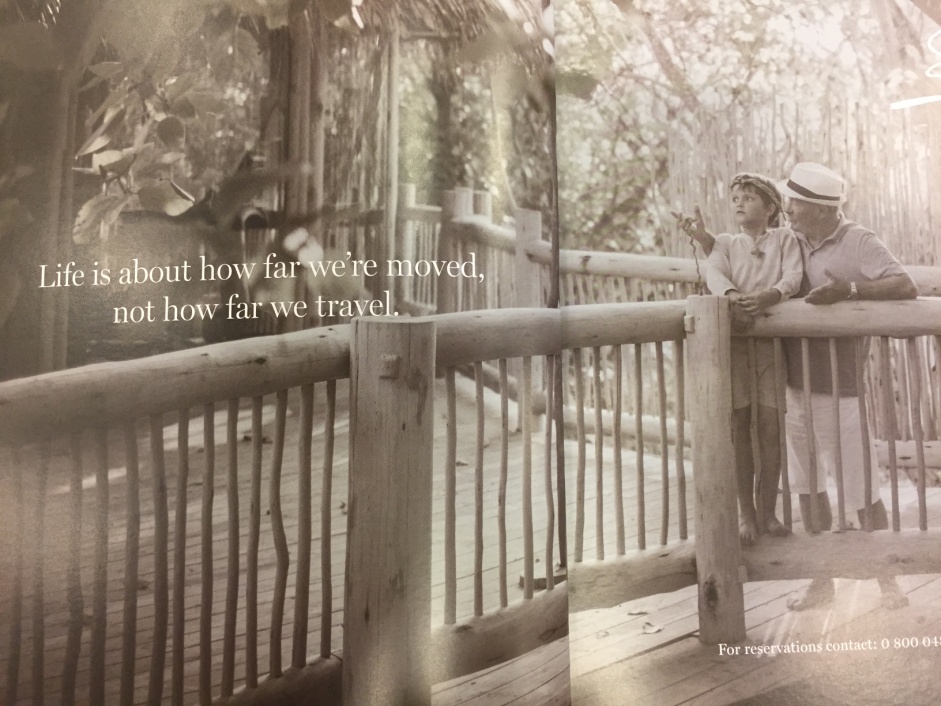Exploring how our perceptions shape the travel experience, filled with personal insights and tips.
What is the Tourist Gaze?
The concept of “the tourist gaze” was popularized by sociologist John Urry in his 1990 book, “The Tourist Gaze.” It refers to the way tourists perceive and interpret the places they visit, often influenced by cultural expectations, media portrayals, and personal experiences. Understanding the tourist gaze is crucial for both travelers and destination marketers to create enriching experiences and effectively promote travel locations.
Historical Context of the Tourist Gaze
The evolution of travel has transformed how we view destinations. In ancient times, travel was an exclusive experience, often limited to the elite. The Industrial Revolution democratized travel, leading to the rise of mass tourism. This shift has profoundly influenced what we seek when exploring new places.
Components of the Tourist Gaze
1. Cultural Filters
Our backgrounds, beliefs, and cultures shape our expectations and experiences. For example, my trip to Tokyo was enhanced by my understanding of Japanese etiquette, which allowed me to appreciate the nuances of the culture deeply.
2. Media Influence
Movies, travel blogs, and social media create idealized images of destinations. When I visited Santorini, my expectations were shaped by countless Instagram posts showcasing the stunning sunsets, which made the experience even more magical.
3. Personal Experiences
Individual life experiences play a significant role in shaping the tourist gaze. During a trip to India, the vibrant colors and sounds were overwhelming yet exhilarating, creating a juxtaposition of beauty and chaos that influenced my perspective in ways I couldn’t have anticipated.
The Impact of the Tourist Gaze on Destination Choices
The way we perceive destinations can influence our decision-making process. Here are a few factors to consider:
Familiarity vs. Novelty
Travelers often choose destinations that align with their experiences or seek out unfamiliar places for new adventures.
Expectations vs. Reality
The disparity between what we expect and what we experience can lead to satisfaction or disappointment.
Influence of Others
Recommendations and experiences shared by friends or on social media can significantly impact our travel choices.

Understanding Your Own Tourist Gaze
Becoming aware of your perceptions can help enhance your travel experience. Here are some tips to better understand your tourist gaze:
1. Reflect on Previous Trips
Consider how your expectations aligned with your actual experiences. This will help you identify patterns in your travel preferences.
2. Keep a Travel Journal
Writing down your experiences and feelings during your trips can provide insights into how your gaze evolves over time.
3. Engage with Locals
Talking to residents can provide a richer perspective on the culture and history of the place you are visiting.
Destination Highlights
1. Tokyo, Japan
Tokyo is a mesmerizing blend of tradition and modernity, offering something for every traveler. The bustling streets of Shibuya, serene temples in Asakusa, and the vibrant food scene are just a few highlights that capture the essence of this city.
2. Santorini, Greece
Famous for its breathtaking sunsets and white-washed buildings, Santorini is a top destination for those seeking romance and beauty. My visit during the off-peak season allowed me to enjoy its beauty without the crowds, providing a more intimate experience.
3. Jaipur, India
Known as the Pink City, Jaipur is rich in history and vibrant culture. The opulent palaces, bustling bazaars, and delicious street food make it a feast for the senses. Visiting the Amer Fort at sunrise was an unforgettable experience that highlighted the city’s charm.
Pros and Cons of the Tourist Gaze
| Pros | Cons |
|---|---|
| Enhances the travel experience | Can lead to unrealistic expectations |
| Encourages cultural appreciation | May result in superficial tourism |
| Promotes personal growth | Potential for cultural appropriation |

Travel Tips: Navigating Your Tourist Gaze
1. Do Your Research
Before you embark on your journey, research the customs, history, and culture of your destination. This will help you cultivate a more informed perspective.
2. Embrace Spontaneity
While it’s essential to plan, leaving room for unplanned adventures can lead to the most memorable experiences. During my trip to Italy, an impromptu visit to a local vineyard resulted in one of the best afternoons of my life.

3. Be Open to New Perspectives
Challenge your assumptions and be willing to see places through different lenses. Engaging with locals can provide insights that guidebooks might miss.
Comparing Different Perspectives of the Tourist Gaze
| Perspective Type | Definition | Example |
|---|---|---|
| Traditional Gaze | Seeing destinations through historical or cultural lenses. | Visiting ancient ruins in Rome. |
| Post-Modern Gaze | Focus on experiences, emotions, and personal narratives. | Capturing a sunset in Bali on social media. |
| Critical Gaze | Examines tourism’s impact on local cultures and environments. | Evaluating the effects of mass tourism in Venice. |

FAQs About the Tourist Gaze
What factors influence the tourist gaze?
Factors include cultural background, media representation, personal experiences, and recommendations from others.
How can I improve my tourist gaze?
Reflect on past travels, engage with locals, and maintain an open mind to enhance your understanding of the places you visit.

Does the tourist gaze affect local cultures?
Yes, the tourist gaze can shape local cultures by influencing how destinations are marketed and experienced, sometimes leading to commercialization and cultural dilution.